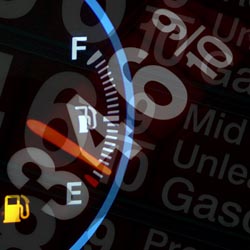Leading to safer cleaner vehicles
Future mobility relies heavily on the use of cleaner vehicle technologies such as hydrogen-fuelled and natural gas vehicles (NGVs). Natural gas and hydrogen fuels may bring significant environmental benefits including lower emissions and improved air quality. Another important aspect of NGVs relies on the reduction of the vehicle's weight and hence on fuel consumption. Aiming at minimising potential hazards related to the structural integrity of vehicles, the ZEM project focused on the safety of the composite high-pressure tanks for natural gas or hydrogen. Until now, most conventionally used inspection techniques of composite vessels require off-vehicle visual inspection as well as labour intensive and costly pressure testing. Unlike these, the project developed a diagnostic system capable of fault detection and early identification of critical conditions on-board using inexpensive sensor technology. More specifically, the project developed fibre optic sensors, embedding techniques, composite tank manufacturing methods and signature recognition algorithms. Based on this a demonstrator vehicle was generated. The FIAT Multipla 1.6 includes a 16v bi-power engine and three all composite tanks housed beneath the floor. The tanks offer a maximum of 144 litres of fuel storage which is sufficient for driving a distance of 440km. Each tank incorporates four fibre optic sensors and a thermocouple for on-board monitoring purposes. Two pressure gauges provide pressure measurement during refilling and working. Finally, a suitable interrogation unit is placed in the trunk and it is connected to a laptop next to the driver. The demonstrator vehicle verifies the feasibility of the developed technologies and it shows the potentialities of an integrated on-board monitoring system in the design of safer, cleaner vehicles.







